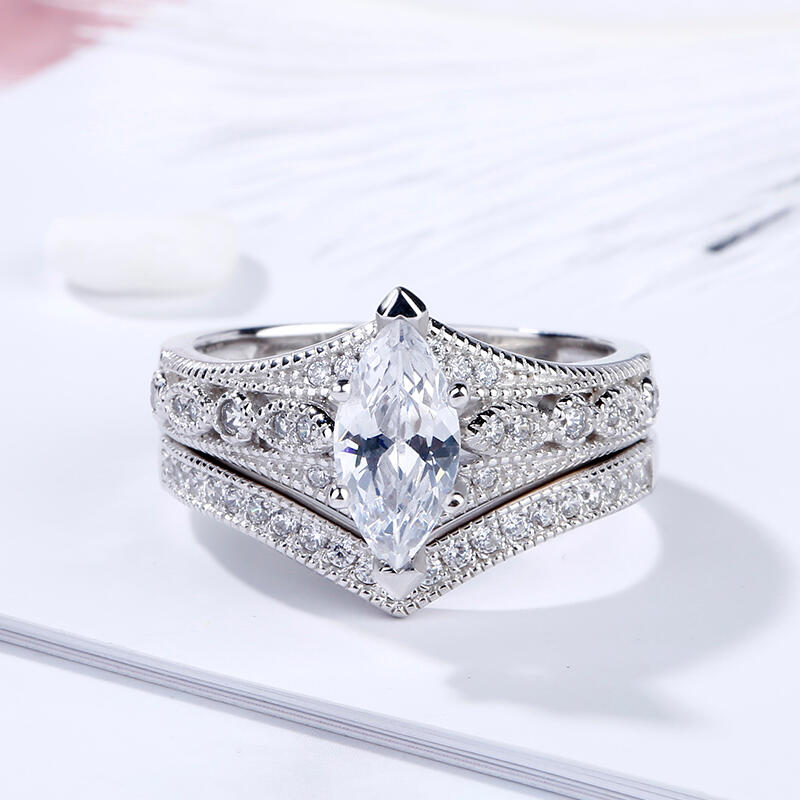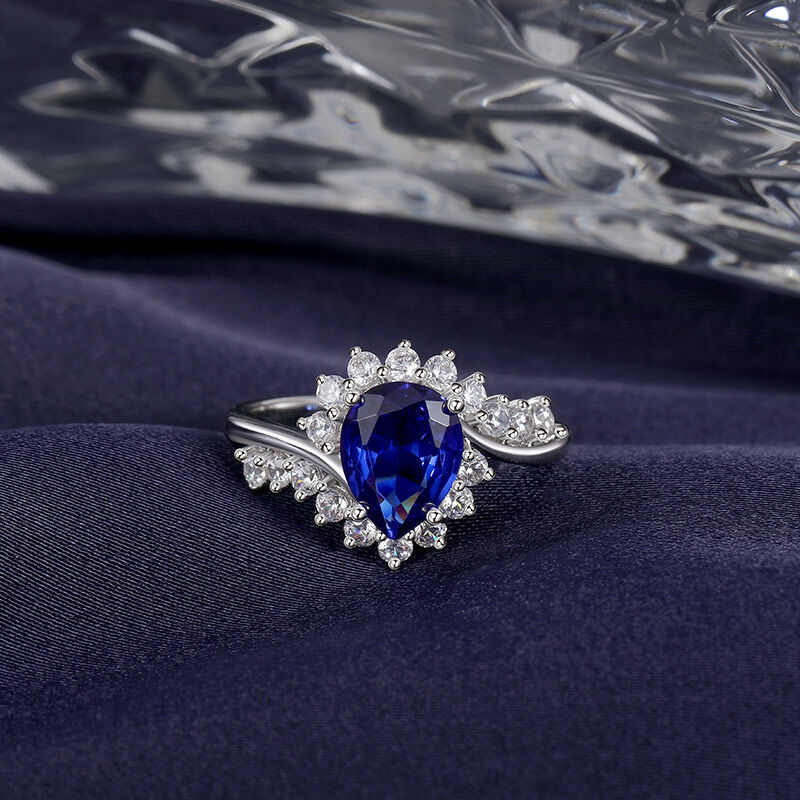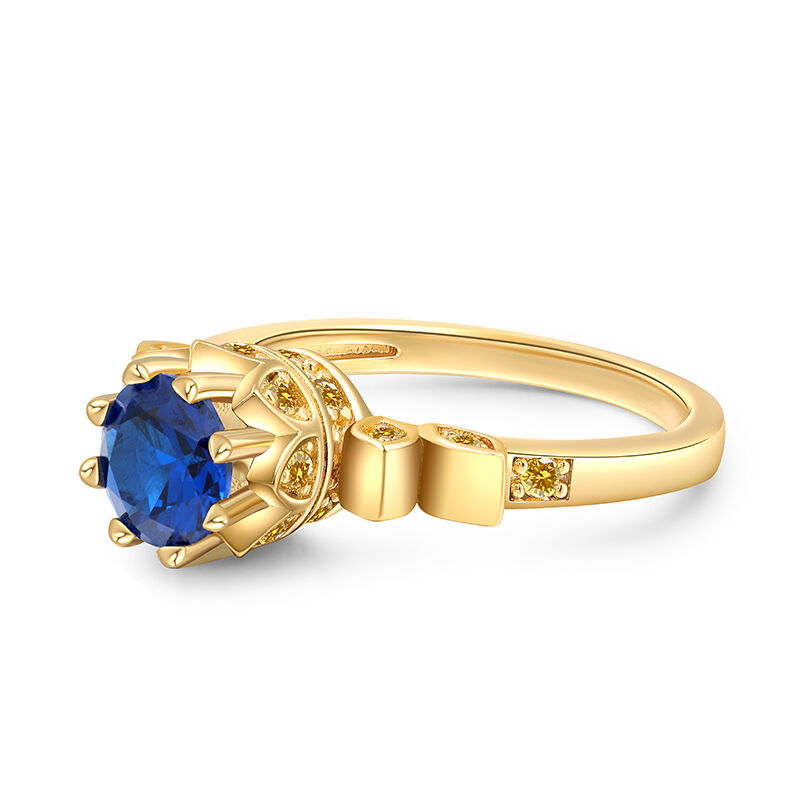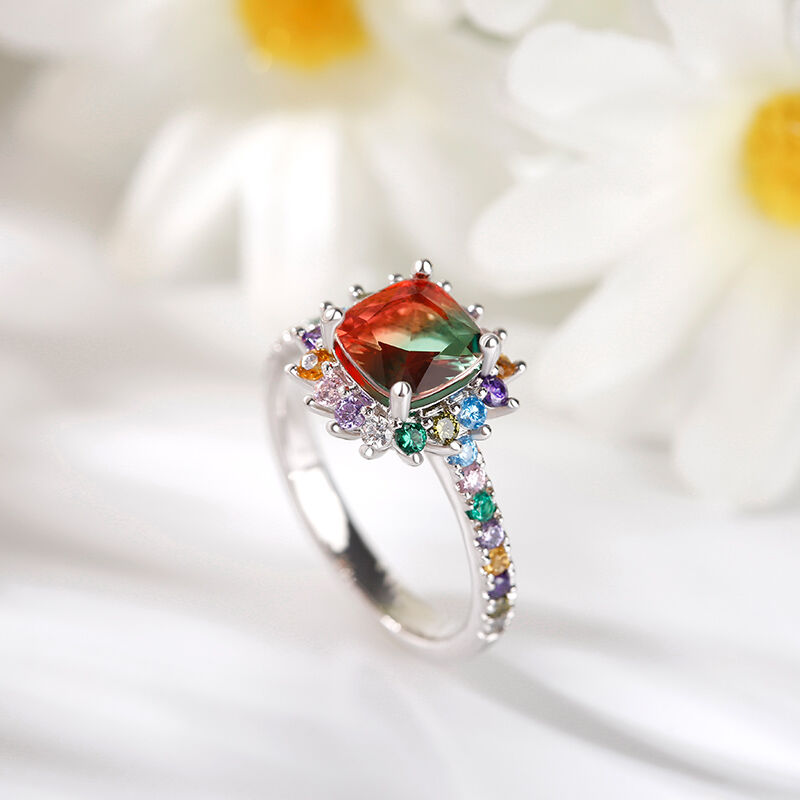Art Deco Engagement Rings
 Art Deco engagement rings are a timeless and sophisticated choice, characterized by the bold geometry, intricate detailing, and stunning symmetry that defined the era (roughly 1920 to 1939). These rings are more than just jewelry; they are miniature architectural masterpieces that embody the spirit of the Jazz Age—an era of exuberance, industrial innovation, and groundbreaking design.
Art Deco engagement rings are a timeless and sophisticated choice, characterized by the bold geometry, intricate detailing, and stunning symmetry that defined the era (roughly 1920 to 1939). These rings are more than just jewelry; they are miniature architectural masterpieces that embody the spirit of the Jazz Age—an era of exuberance, industrial innovation, and groundbreaking design.
Geometric Precision and Symmetry: The most recognizable feature of Art Deco design is its emphasis on clean, structured lines and geometric shapes. Rings often incorporate sharp angles, parallel lines, stepped shoulders (a style known as “calibre cut”), and motifs like chevrons, fans, and sunbursts. This strict symmetry gives the pieces a sense of powerful balance and modernity.
Use of Calibre Cut Gemstones: To achieve the interlocking geometric patterns, designers frequently utilized “calibre cut” or custom-cut gemstones (often sapphires, rubies, or emeralds). These stones are precisely faceted and fitted together like puzzle pieces, flush against the metal or surrounding the central diamond, creating vibrant halos or colorful borders.
White Metals and Milgraining: Platinum was the preferred metal, cherished for its strength, durability, and bright white sheen, which perfectly complemented the brilliance of colorless diamonds. White gold was also commonly used. Detailed craftsmanship often includes milgraining—a delicate technique where tiny beads of metal are rolled along the edges of the setting, adding a soft, textured border that gives the piece an heirloom quality.
The Centerpiece Diamond: While the settings are highly complex, the central diamond is typically cut to maximize fire and brilliance. Popular cuts include the Old European Cut (OEC), the transitional cut, and the newly emerging Baguette and Emerald cuts, which perfectly mirrored the rectangular and linear aesthetic of the era.
Architectural Settings: Unlike the flowing, naturalistic curves of the preceding Art Nouveau period, Art Deco engagement rings feature tiered, elevated, or stepped settings that resemble miniature skyscrapers or ornate facades. These elaborate galleries often showcase intricate filigree work, but the overall presentation remains structured and contained.




